2020 Bentley Flying Spur
| The Good: – Presence to match its price tag – Cabin trim and features – Power, ride and handling |
The Bad: – The price tag – A bit on the big side – Fuel consumption |
We love the Bentley Continental GT. That car debuted a decade-and-a-half ago and we drove almost every iteration of it, of which there were several, culminating in an all-new model that debuted a couple of years ago. And then there is the Flying Spur. Starting life badged as the Continental Flying Spur back in 2006, it was the four-door sibling to the GT coupe that always appeared a tad stodgy, as it gave up the sleek roofline for a more conservative profile. The all-new 2020 Flying Spur seems to have gained a more stately demeanour though, as it gets ready to take over the mantle of “flagship” from the old-school Mulsanne which is going out of production, at least for the time being.
The Flying Spur gains all the excellent new styling elements of the Continental GT, with the front wheels moved forward further and a more upright grille, with details such as the jewel-like LED headlights, and exhaust tips integrated into the rear bumper. However, the borrowed styling cues all come together very well in its own way, with the massive new grille gaining vertical slats, the bonnet sporting an electrically-rising “Flying B” ornament that lights up at night, and far more muscular rear-side fender flares that flow better than on the previous model. It’s probably the best-looking large sedan around.

Inside, as you would expect from any Bentley, the Flying Spur is covered in leather and wood from top to bottom, with several bits such as a/c vents and shifter pieces made of metal. And as seen in the GT coupe, the new cabin ditches the “double-bubble” dashboard of older models and goes with a minimalist fascia made up of mostly straight lines. The party piece is the three-faced centre-console that can electrically flip and show either the updated infotainment touchscreen, or a trio of mechanical gauges, or even just a blank space that flows with the dash design. It needs to be seen to be believed.
The technology in the car is easy enough to use, kept simple with just the one 12.3-inch touchscreen as well as physical buttons for many other basic tasks, in keeping with the elderly target market (which includes us maybe, since we prefer actual buttons too). The gauge cluster is all new-age techy though, as it is now a fully-customisable LCD screen.
Features are extensive, with everything from the usual navigation and Bluetooth all the way to massage seats and a rear refrigerator, aside from the 360-degree cameras, a good four-zone auto climate control, panoramic glass roof, electric sun-blinds, a booming audio system, two rear headrest-mounted screens and a hefty smart key weighing down your front pocket. All the modern active-safety features are also present, such as adaptive cruise, lane-departure prevention and all that.
It’s abundantly spacious up front and as well as in the rear, although it’s not as limo-like as you’d expect from a car this size. While rear passengers do get headrest-mounted pillows, th bench can seat just two in supreme comfort back there due to the tall transmission tunnel in the centre footwell. And the boot is big, although some space is taken up by the refrigerator mechanicals (all hidden nicely with plush carpeted walls.

Powered by a mildly-updated carryover 6.0-litre turbo W12 engine, it makes 626 hp at 6000 rpm and 900 Nm of torque from just 1350 rpm. Mated to an 8-speed automatic with paddle-shifters, the Flying Spur is blindingly fast, like a Tesla but with the aural drama of a grunty exhaust note, even if heavily muffled. Capable of 0-100 kph in just under 4 seconds, there seems to be abundant power even when accelerating from already-illegal speeds, delivered smoothly with relentless abandon. The fuel economy takes a beating though, as we averaged 18 litres/100 km (5.6 km/litre), although given the power, it’s relatively decent.
The Flying Spur handles corners surprisingly well for a car that’s the size of a Dubai Metro train. Aided by the all-wheel-drive system and ridiculously wide tyres on those 21-inch alloys — 265/40 up front and 305/35 in the back — the Flying Spur can dive into corners and go around with the composure of a smaller sports sedan, with no drama and a neutral attitude.
Understeer creeps in linearly at the limit so you know when to back off. There is limited feedback from the well-weighted steering, but it is nicely responsive, unlike the relatively vague controls in its direct rivals. The powerful brakes make short work of stopping from any speed, and the brake pedal has a progressive action as well. All in all, as long as you’re mindful of its weight and don’t overdo it, the Flying Spur is rather entertaining to drive quickly.
What it does supremely well is long-distance cruising. The computer-controlled suspension is tuned to be comfortably smooth, yet it doesn’t wallow over uneven surface, and the level of firmness can be adjusted as per your choice if you feel like overriding the car’s electronics. It is also a very quiet car, with some hushed external noises creeping in only at illegal speeds.
Like its 2-door sibling, the new Bentley Flying Spur is the perfect example of a redesign done right, and maintains the brand’s unique mix of supreme luxury and sporty manner – the latter lacking from rivals Mercedes-Maybach and Rolls-Royce.
| Price Range: Dh 1,069,000-1,400,000 Current Model Introduced in: Body Styles: Engines: Transmissions: Setup: Suspension: |
Brakes: Front: discs Rear: discs Curb Weight: Length: Wheelbase: Top Speed: Test Acceleration 0-100 kph: Observed Test Fuel Economy: |

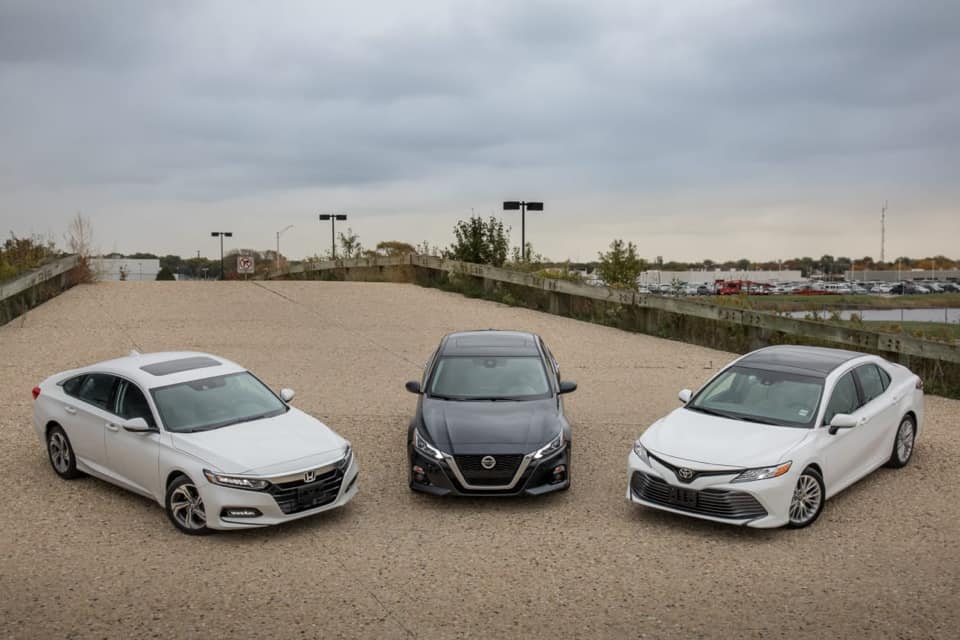
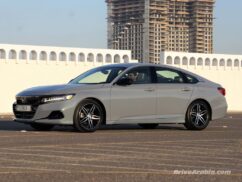
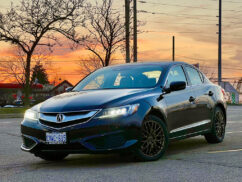


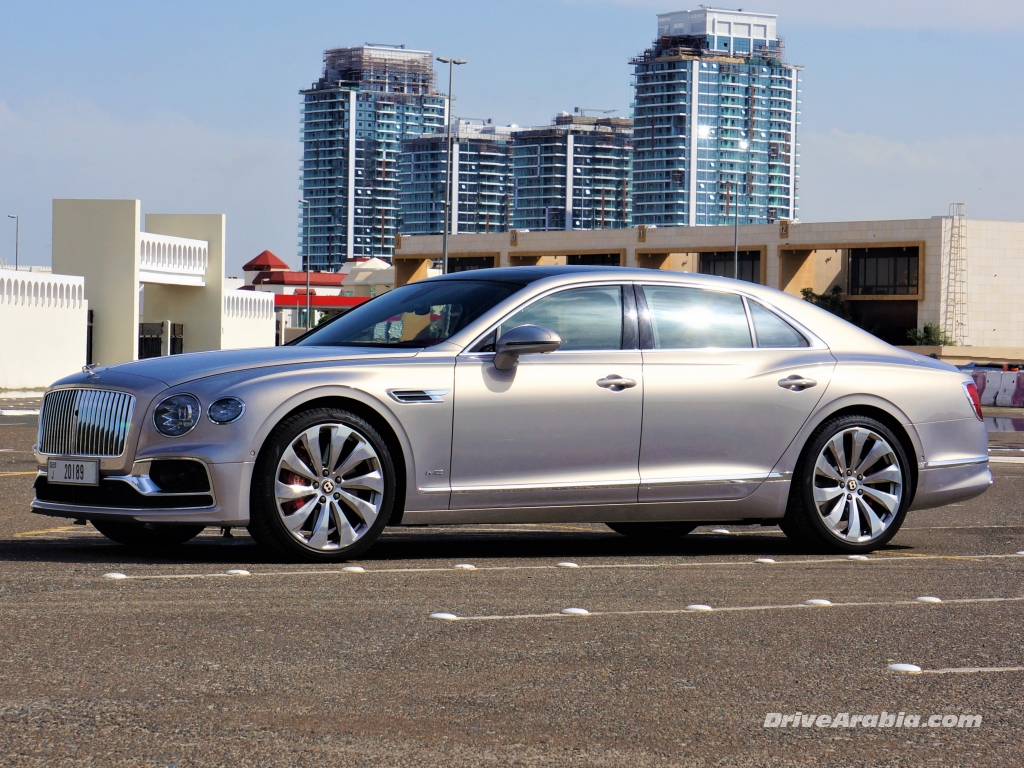

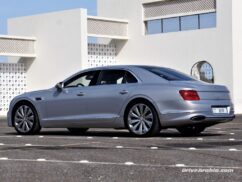
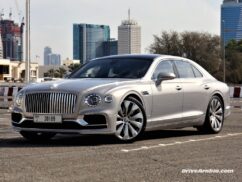

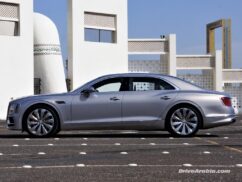
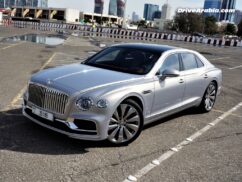



There are no comments. Be the first!